These posters were made by Call Off Your Old Tired Ethics (COYOTE), an association for sex workers’ rights.
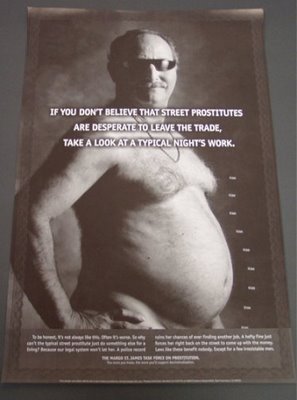
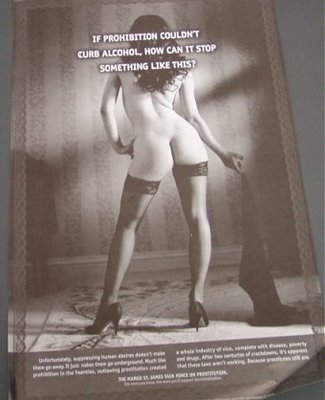
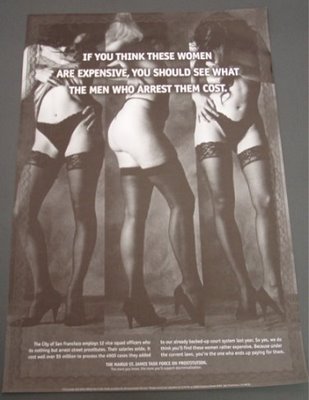
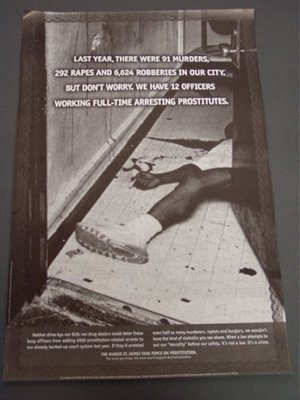
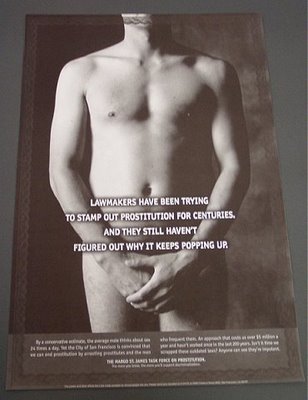
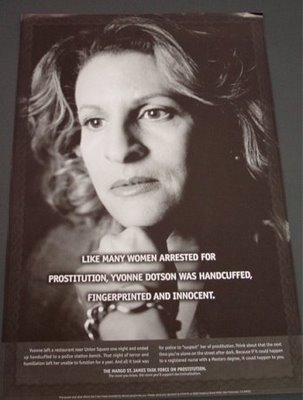
These posters were made by Call Off Your Old Tired Ethics (COYOTE), an association for sex workers’ rights.






This 50-minute documentary is about men who are in romantic relationships with high-end sex dolls. It’s a must watch. There is a lot to see in this movie: objectification of women, for sure; also the sad lonliness of men who don’t want to, can’t, or don’t think they can, be in a relationship with a real woman; as my friend Jason pointed out, the way in which the men project an interest in clothes and make-up onto their dolls; and so much more.
The Real Dolls website is worth a look, too.
Lisa Wade, PhD is an Associate Professor at Tulane University. She is the author of American Hookup, a book about college sexual culture; a textbook about gender; and a forthcoming introductory text: Terrible Magnificent Sociology. You can follow her on Twitter and Instagram.
Text:
YOUR DAD WAS NOT A METROSEXUAL. H didn’t do pilates. Moisturize. Or drink pink cocktails. Your Dad drank whisky cocktails. Made with Canadian Club. Served in a rocks glass. They tasted good. They were effortless. DAMN RIGHT YOUR DAD DRANK IT.
Toph sent in another Canadian Club ad that makes it clear that it’s awesome if your dad was a player:
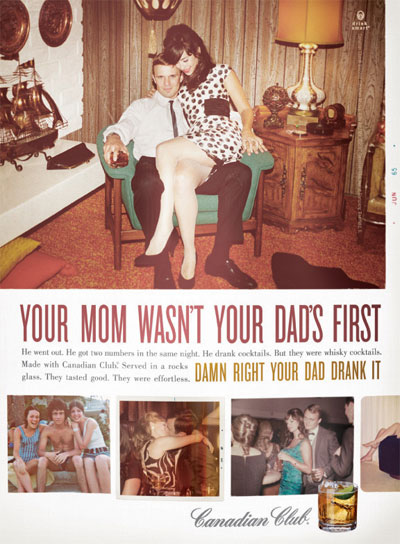
Text:
Your Mom wasn’t your Dad’s first. He went out. He got two numbers in the same night. He drank cocktails. but they were whisky cocktails. Made with Canadian Club. Served in a rocks glass. They tasted good. They were effortless.
I’m going to use this to talk about the sexual double standard–try to imagine the same ad, but saying “Your dad wasn’t your mom’s first” with pictures of her with several different men. I don’t think the impression would be the same.
Thanks, Toph!
NEW: Outdoor version of “Your Dad had a van for a reason.”
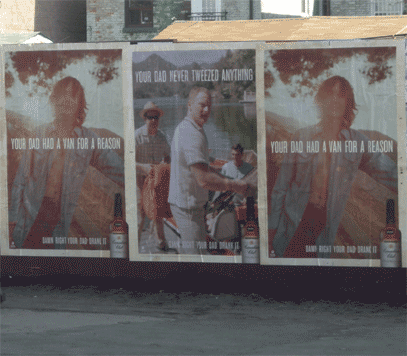
This is an image that graces the cover of a new documentary about intersex individuals called Black and White.
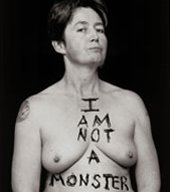
In general, though, I think it’s a really powerful image that refuses to accept that women who are not young, with a teenage girl’s body, and a submissive attitude are somehow offensive.
This “delightful” quiz in Us magazine asks viewers, segregated by sex, to judge women’s breasts and what they do with them. Don’t miss the fact that 56% of men and 31% of women prefer Heidi Montag with breast implants.
What, exactly, a reader is supposed to do with this information is a mystery to me. But there must be a use for this in some class somewhere.
The Dodge La Femme (1955 and 1956):
Here are some pictures of some restored La Femme’s:
Pink rosebud patterned upholstery:
It even came with matching accessories!
An umbrella and raincoat:
A compact:
A coin purse:
I think showing this car would be interesting in comparison with the contemporary marketing of feminine guns (see Gwen’s post here). The guns look surprisingly like the car.
It would also be interesting, I think, to do a discussion about whether and how they market cars to women today. They do, of course, but the ideal femininity has changed and so, therefore, have the cars. Women, though, haven’t changed very much. One of the reasons that the La Femme didn’t sell was because women were, frankly, offended.
NEW (Jan. ’09)! I found this effort to market cars to women from 1969, the “women-winning” Barracuda with “pop prints” and “gals in mind”!
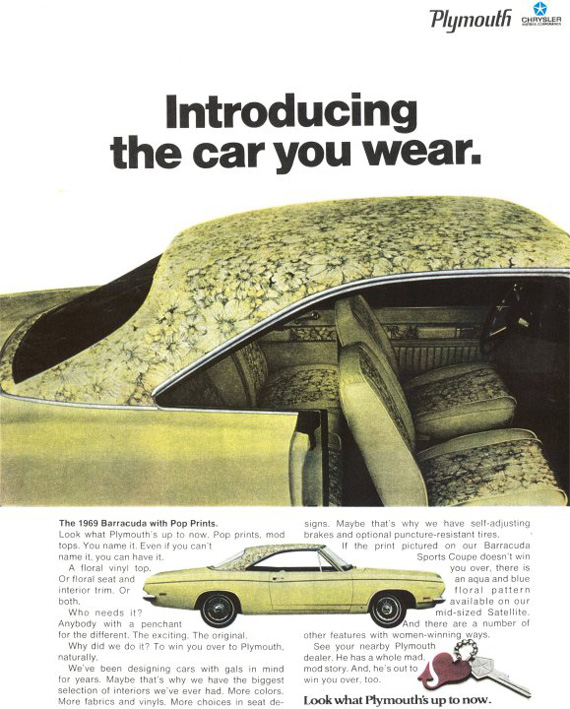
NEW! (Nov. ’09): Tim McC. sent in this trailer for a Volvo concept car specifically for women. It’s really interesting to compare the marketing of a car to women in the 1950s versus today.
Notice that while beauty is still important, today there’s also an emphasis on the car being tough–but not too tough, not brutal.
Tim adds,
YCC has some fairly significant design decisions (some arguably limitations) that seems to imply certain things about the intended market. For example, the car has no hood that can be opened by the owner. Instead, the car must be taken to the shop for engine maintenance and oil changes. The tires are also run-flat, meaning that the tires will continue to work after a flat, again so that the car can be taken to a garage for the tire change. This seems to imply that the company assumes that women are too ignorant or too afraid to fix their own mechanical problems. This also implies that DIY work on engines or really any technological product is a male pursuit. Keeping women from working on engines seems to say that women shouldn’t have to even consider working with technology. It also features automated parallel parking (a feature common on luxury cars, but prominently emphasized in the materials), which may carry sexist undertones å la the “woman driver” stereotype. The drive train is hybrid-electric, which implies that environmentalism is a feminine concept.
Newsweek had an article today wondering if girl’s Halloween costumes might be too risque. I wasn’t surprised (I remember being shocked when I saw young girls dressed up as Spice Girls in 1998) so I decided to look around the Internet to find other questionable costumes. Not surprisingly, Halloween costumes are markers of not only gender and heterosexuality, but of race and class as well.

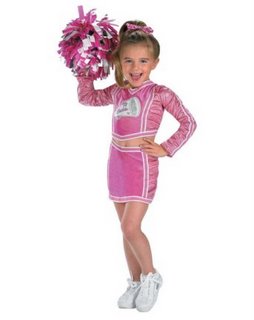
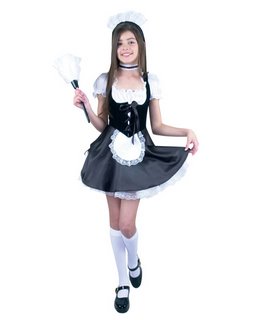
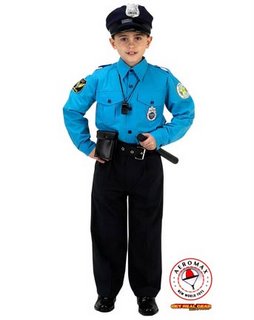


And look at how race is marked with some of the children’s costume models (2 cats, and a dancer):
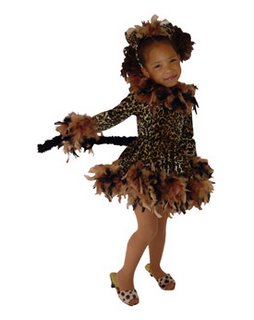
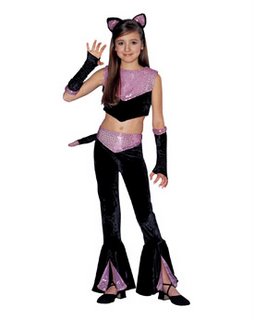
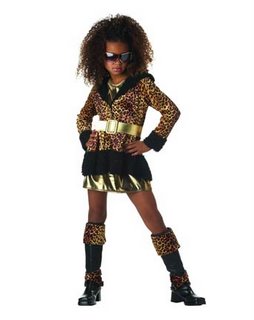
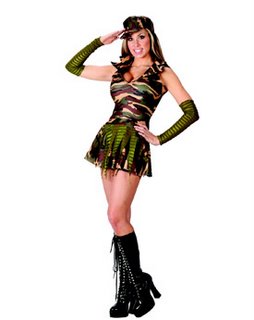
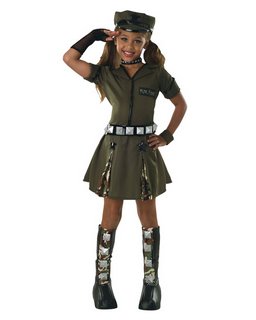
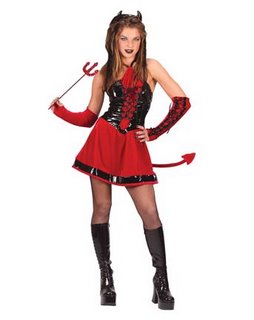
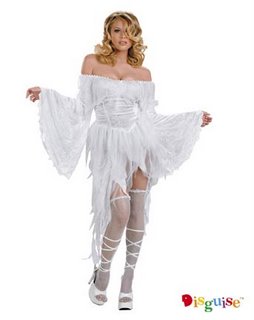
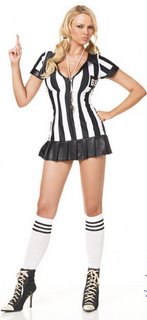
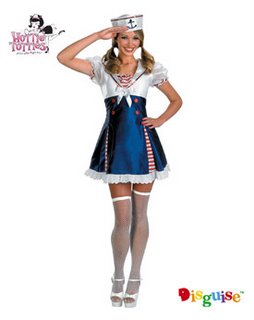
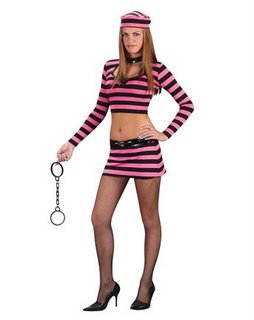
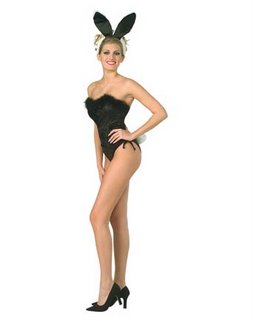
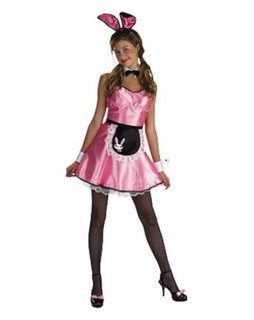
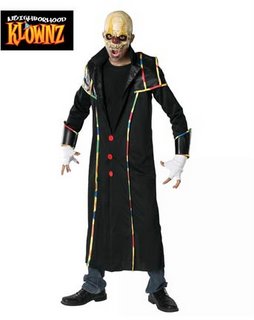
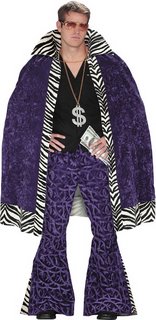
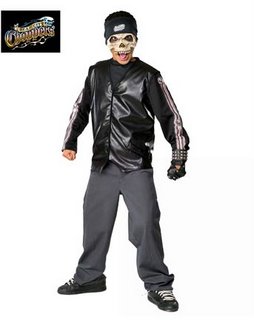
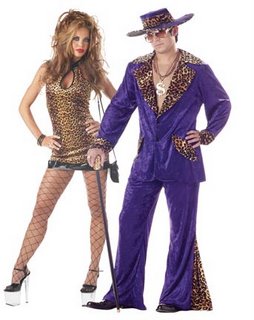
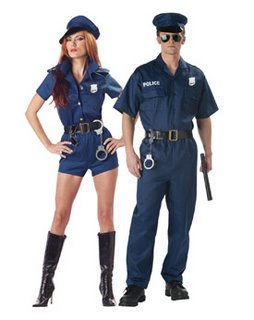
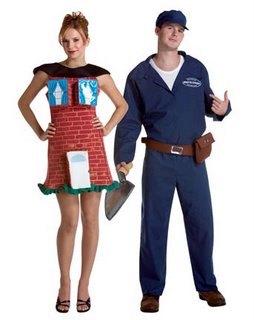
Anyway, happy Halloween!
“Pornography: The Secret History of Civilization” (2005) is useful for showing that non-procreational sex and sexual enjoyment are not “modern,” and that using and enjoying sexually explicit images isn’t new, either. I liked the first two episodes in the series, especially the second one, which shows how many explicit images there are in religious buildings and texts from the Middle Ages in Europe. Be warned, you need to watch these before showing them to be sure you can get away with it with your audience–for many students, even the artwork and religious drawings would probably lead to outrage today (which can be an interesting discussion in and of itself).
“Fenceline” addresses institutional racism, environmental pollution, and activism by looking at residents in a town in Louisiana and the divisions that arise between blacks and whites about the possibility of toxic waste contamination. It could be useful for discussing environmental issues or looking at why two groups in the same community could come to such different conclusions about what is going on.